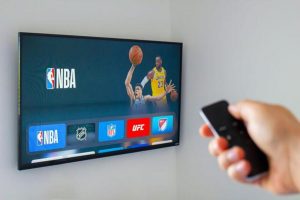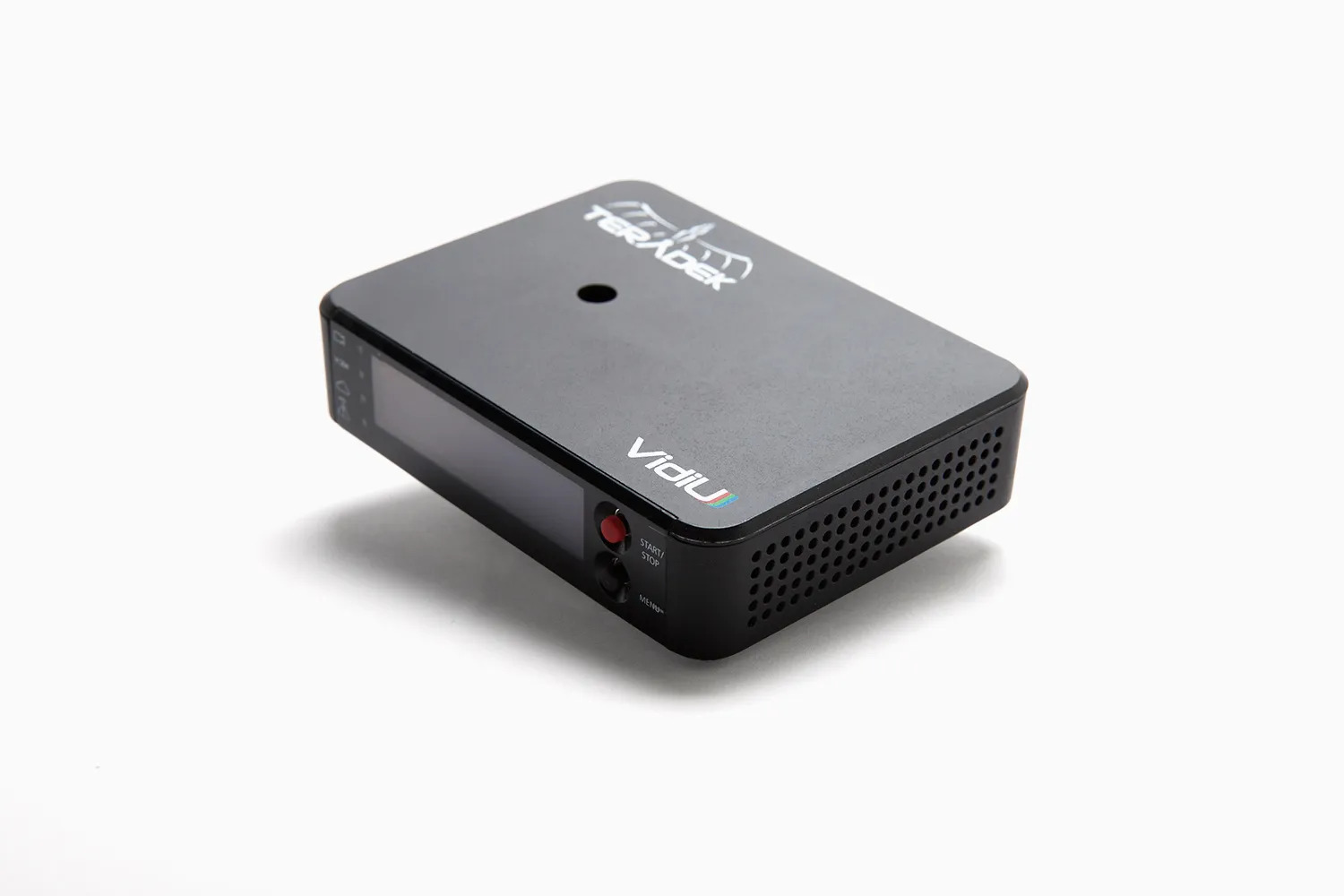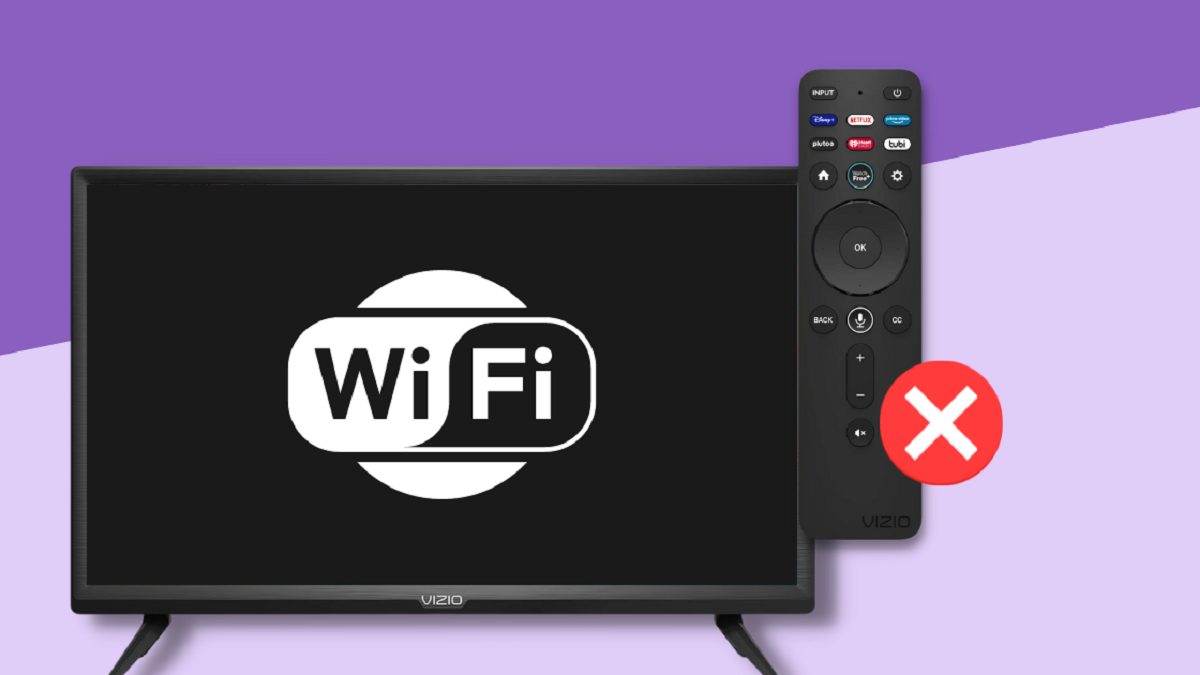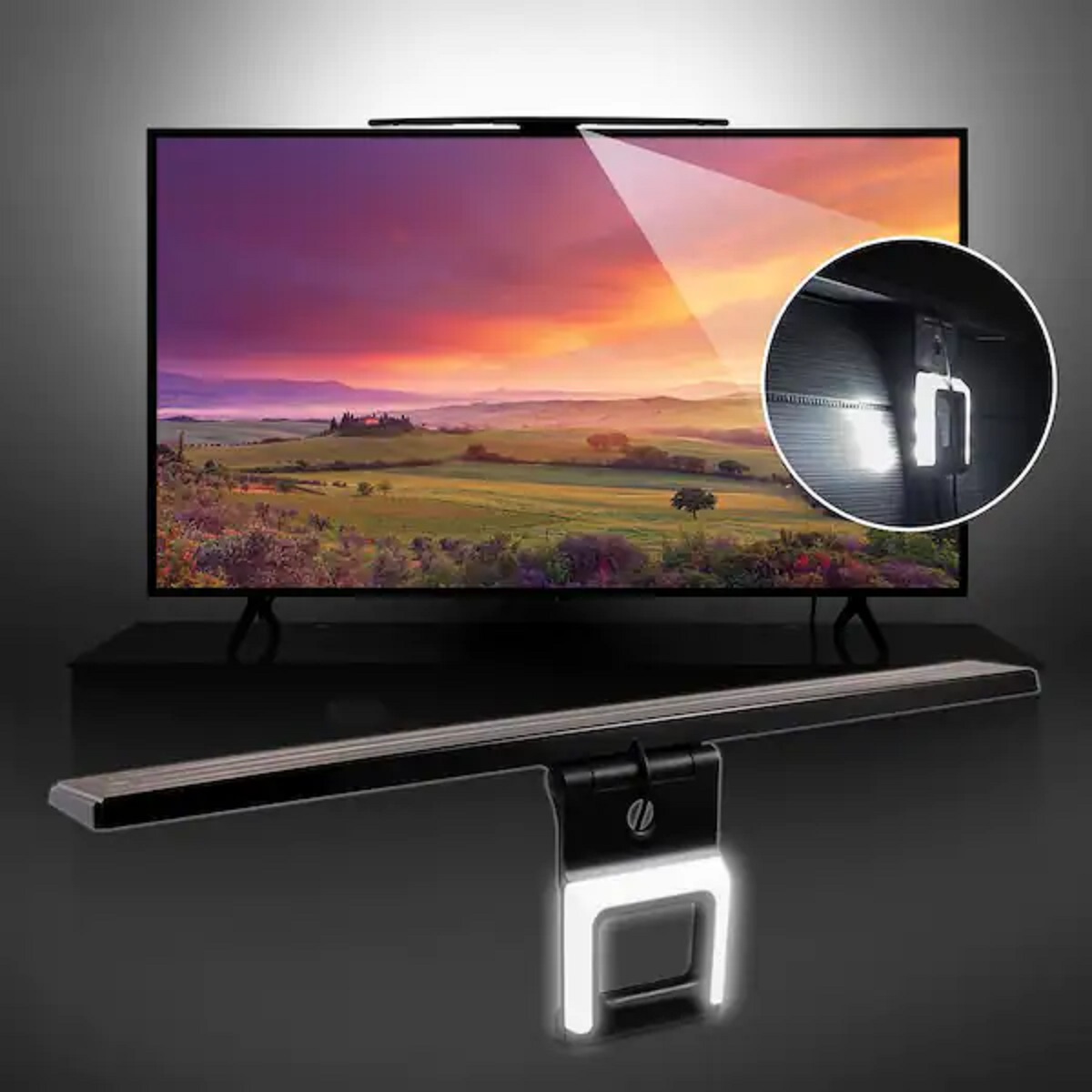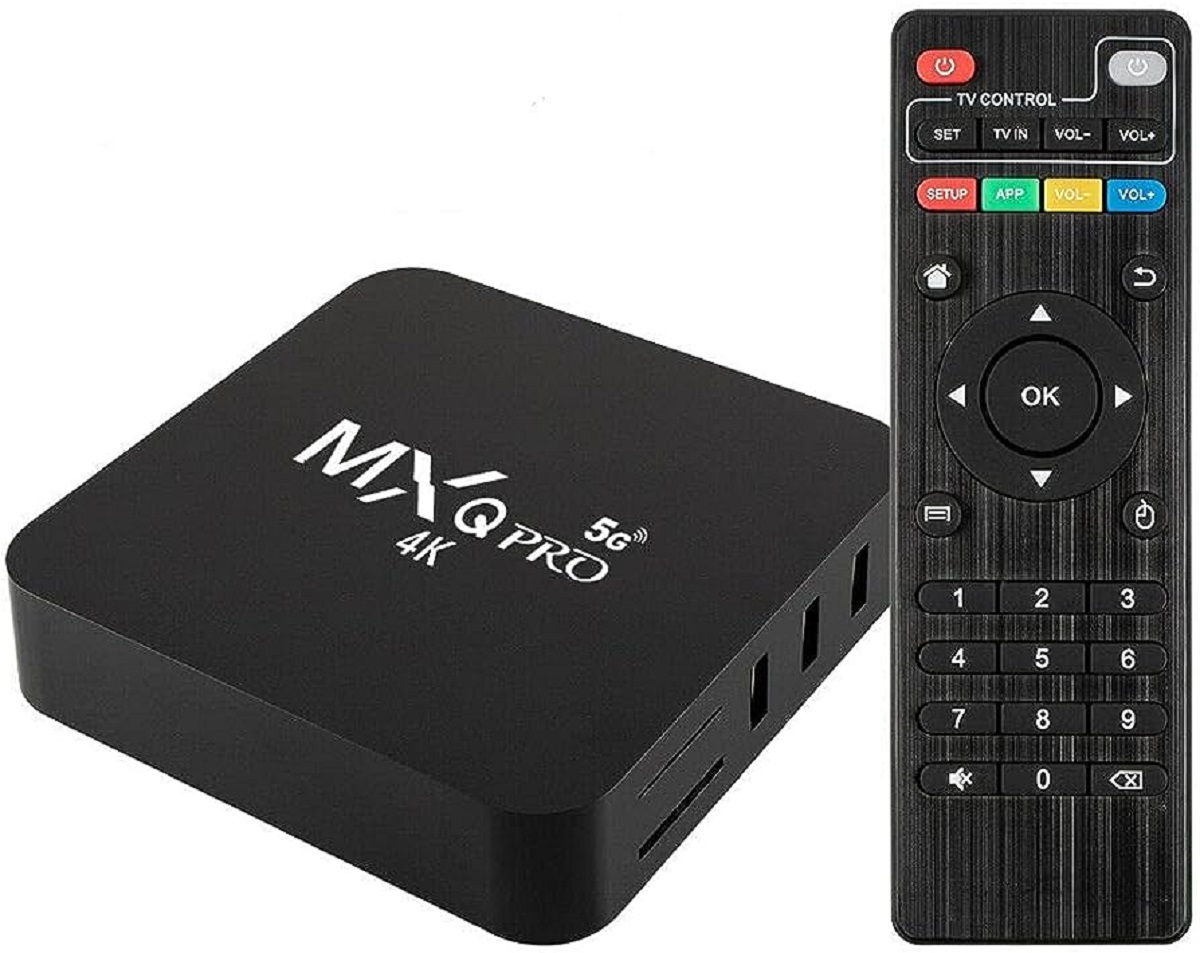Introduction
Technology has revolutionized the way we consume entertainment, and television is no exception. With the advent of streaming services and on-demand content, the need for a traditional cable or satellite TV subscription has diminished. However, many people still associate TV viewing with a stable Wi-Fi connection. The good news is that you can still enjoy your favorite shows and movies without relying solely on Wi-Fi.
In this article, we will explore various options for watching TV without Wi-Fi. Whether you’re traveling, experiencing Wi-Fi connectivity issues, or simply prefer to watch TV without being tied to a Wi-Fi network, there are solutions available that cater to your needs.
Keep in mind that while these methods may provide alternatives to Wi-Fi-based TV viewing, they may come with limitations and potential costs. However, they can offer you the flexibility and convenience of accessing your favorite content on the go, even when Wi-Fi is not available.
So, let’s dive into the different methods you can use to watch TV without Wi-Fi and find the one that suits your preferences and circumstances the best.
Option 1: Use an Indoor TV Antenna
If you want to watch live over-the-air television broadcasts without Wi-Fi, using an indoor TV antenna is a great option. Indoor antennas capture signals from local TV stations and deliver them directly to your TV. This means you can enjoy popular network channels, news updates, and even local programming without the need for an internet connection.
To use an indoor TV antenna, all you have to do is connect it to the coaxial input on your television. The antenna should be placed near a window or in an area with strong signal reception. Once you have it set up, simply scan for channels using your TV’s menu or settings. You may need to adjust the antenna’s position for optimum signal strength.
One of the main advantages of using an indoor TV antenna is that it provides access to high-definition (HD) channels, ensuring a crisp and clear viewing experience. Additionally, unlike streaming services, there are no subscription fees or recurring charges associated with using an antenna. You can enjoy free, over-the-air content without any ongoing expenses.
It’s important to note that the number and variety of channels you can receive with an indoor antenna may vary depending on your location, terrain, and the strength of the broadcasting signals in your area. You may need to experiment with different antenna types or positions to maximize signal reception.
While an indoor TV antenna does not provide access to streaming services or on-demand content, it is an excellent option for those who primarily want to watch live broadcasts, news, sports, and local channels without relying on Wi-Fi.
Option 2: Use a Mobile Data Plan with a Streaming Device
If you’re looking for a portable solution to watch TV without Wi-Fi, using a mobile data plan with a streaming device is a viable option. With the power of your mobile data, you can stream your favorite shows and movies on the go.
To begin, you’ll need a streaming device such as a smartphone or tablet capable of connecting to the internet through a mobile data plan. Many popular streaming platforms offer mobile apps that allow you to access their content directly on your device.
The first step is to ensure you have an adequate mobile data plan that supports streaming without incurring excessive charges. Check with your provider to see if they offer unlimited data plans or packages specifically designed for streaming. This ensures that you can enjoy your TV shows and movies without exceeding your data limits.
Once you have a suitable data plan, download and install the streaming app of your choice. Services like Netflix, Hulu, and Amazon Prime Video offer apps that allow you to watch content offline. Before you leave a Wi-Fi network, download the episodes or movies you wish to watch later so that you can access them without an internet connection.
When you’re ready to watch, simply launch the streaming app and select the downloaded content. You can enjoy your favorite shows and movies without the need for a Wi-Fi connection. However, keep in mind that streaming content can consume a significant amount of data. It’s recommended to monitor your data usage and adjust your streaming quality settings to optimize data consumption if necessary.
Using a mobile data plan with a streaming device offers the convenience of watching TV without being tied to a Wi-Fi network. Whether you’re on a road trip, waiting at the airport, or simply away from a reliable Wi-Fi connection, this option allows you to stay entertained wherever you go.
Option 3: Rent or Download TV Shows and Movies
If you prefer to have access to a wide range of TV shows and movies without relying on Wi-Fi, renting or downloading content is a suitable option. This allows you to have your favorite entertainment available to you even when an internet connection is not present.
There are various platforms and services that offer the option to rent or download TV shows and movies. Services like iTunes, Google Play, and Amazon Prime Video allow you to rent or purchase individual episodes or entire seasons of popular TV shows. Additionally, these platforms often have a vast library of movies available for rent or purchase.
To rent or download content, you’ll need a device capable of storing and playing the media files. This can be a smartphone, tablet, laptop, or even a dedicated media player. Simply download the necessary app or software from the platform of your choice and create an account if required.
Browsing through the available content, you can rent or purchase individual episodes or movies. Once you’ve made your selection, the content will be downloaded directly to your device, allowing you to watch it whenever and wherever you like. No internet connection is needed once the content has been downloaded.
It’s important to note that renting or downloading TV shows and movies may come with associated costs, depending on the platform and content you choose. However, this option provides the flexibility to watch your favorite shows and movies at your convenience without the need for Wi-Fi.
Before embarking on a journey or venturing into an area with no Wi-Fi access, ensure that you have enough storage space available on your device to accommodate the downloaded content. Also, consider the duration of your trip and download enough content to keep you entertained throughout.
Renting or downloading TV shows and movies gives you the freedom to enjoy your favorite entertainment even when Wi-Fi is not available. Whether you’re traveling or simply prefer to have offline access to your media, this option provides a reliable and convenient way to watch your favorite TV shows and movies without relying on a Wi-Fi connection.
Option 4: Invest in a Portable Media Player
If you want a dedicated device for watching TV shows and movies without Wi-Fi, investing in a portable media player can be a fantastic choice. Portable media players are compact devices that allow you to store and play your favorite media files, providing entertainment on the go.
Portable media players come with built-in storage capacity and support for various file formats, including video files. You can transfer your TV shows and movies to the device using a computer or by downloading them directly onto the player if it has internet access.
To utilize a portable media player, you’ll need to transfer the desired TV shows and movies onto the device. This can be done by connecting the player to your computer and copying the media files onto it. Some players also support wireless transfer, allowing you to download content directly onto the device.
Once you have transferred the content, you can enjoy watching your favorite TV shows and movies anywhere, anytime, without the need for a Wi-Fi connection. Portable media players often have built-in displays and audio outputs, ensuring a seamless viewing experience.
One of the advantages of using a dedicated media player is that it allows you to carry a significant amount of media in a compact and portable device. You can have a wide selection of TV shows and movies at your fingertips, making long journeys or downtime much more enjoyable.
Portable media players also often come with features like playlist creation, customizable playback settings, and even support for subtitles and multiple audio tracks. Some models even have expandable storage options, allowing you to further increase the amount of content you can carry with you.
Investing in a portable media player grants you the freedom to have your entertainment with you at all times without relying on Wi-Fi. Whether you’re on a plane, train, or simply outside the range of a Wi-Fi network, a portable media player provides a reliable and convenient way to enjoy your favorite shows and movies.
Option 5: Utilize a DVD or Blu-ray Player
If you have a collection of DVDs or Blu-ray discs, using a DVD or Blu-ray player is a classic and reliable way to watch TV shows and movies without Wi-Fi. These devices allow you to play physical discs and enjoy your favorite content at home or on the go.
To utilize a DVD or Blu-ray player, simply insert the disc into the player and connect it to your television or a compatible display. Most DVD and Blu-ray players come with HDMI or AV outputs, ensuring compatibility with a wide range of TVs.
Once connected, navigate through the player’s menu or using the remote control to select the desired TV show or movie. The player will read the disc and play the content directly on your TV, providing a traditional and high-quality viewing experience.
DVD and Blu-ray players offer various features and options to enhance your viewing experience. This includes subtitles, language preferences, chapter selection, and even bonus features like director’s commentary or behind-the-scenes footage.
One of the primary advantages of using a DVD or Blu-ray player is that it allows you to access a wide range of movies and TV shows without relying on an internet connection. You have complete control over what you want to watch, and there are no recurring costs or restrictions.
When traveling or away from home, consider bringing a portable DVD or Blu-ray player with you to continue enjoying your favorite shows and movies. Portable players often have built-in screens and rechargeable batteries, providing entertainment on the go.
While DVD and Blu-ray players don’t offer the same level of convenience as streaming services, they provide a reliable and familiar method of enjoying your media collection without requiring Wi-Fi. If you already have a collection of discs or prefer the nostalgic feel of physical media, utilizing a DVD or Blu-ray player is an excellent option to watch TV shows and movies without Wi-Fi.
Option 6: Stream from a Mobile Hotspot
If you have access to a mobile hotspot, you can use it to stream TV shows and movies without Wi-Fi. A mobile hotspot allows you to share your mobile data connection with other devices, effectively creating a Wi-Fi network that can be used for streaming.
To utilize this option, you’ll need a smartphone or mobile device with a data plan that supports mobile hotspot functionality. Enable the mobile hotspot feature in your device’s settings and configure the network name and password for the hotspot.
Once the hotspot is activated, you can connect your streaming device, such as a smart TV, laptop, or tablet, to the hotspot network. Simply search for available Wi-Fi networks on your streaming device, select the hotspot network you created, and enter the password when prompted.
Once connected to the hotspot, you can now stream your favorite TV shows and movies just like you would on a traditional Wi-Fi network. Open your preferred streaming app or website, log in if required, and start enjoying your content.
It’s worth noting that streaming content can consume a significant amount of data, so ensure that you have an adequate data plan or monitor your data usage to avoid exceeding any limits or incurring additional charges.
Additionally, the quality of your streaming experience may depend on the strength and stability of your mobile data connection. Make sure you have a strong cellular signal or consider positioning your device closer to a window or in an area with better reception.
Using a mobile hotspot to stream TV shows and movies without Wi-Fi provides a flexible solution for on-the-go entertainment. Whether you’re traveling, camping, or in a location with limited or no Wi-Fi access, you can rely on your mobile data connection to keep you entertained.
Option 7: Take Advantage of Wi-Fi Direct
When Wi-Fi connectivity is not available, but you have multiple devices with Wi-Fi capabilities, you can make use of Wi-Fi Direct to share and stream content between them. Wi-Fi Direct allows devices to connect directly to each other without the need for a Wi-Fi network or internet connection.
To utilize Wi-Fi Direct, ensure that the devices you want to connect are Wi-Fi Direct compatible. This includes smartphones, tablets, laptops, and even some smart TVs and media players.
To begin, enable Wi-Fi Direct on both devices you want to connect. This can usually be found in the Wi-Fi settings or through a dedicated Wi-Fi Direct option within the device’s settings.
Once Wi-Fi Direct is enabled, search for available devices on each device’s Wi-Fi settings. You should see a list of nearby devices that also have Wi-Fi Direct enabled. Select the device you want to connect to and follow any on-screen prompts to establish the connection.
Once the devices are connected via Wi-Fi Direct, you can stream content between them. For example, if you have movies or TV shows stored on one device, you can stream them to another device for viewing.
Most devices offer built-in media players or casting options, allowing you to play and stream content to a larger screen or different device. Simply select the media you want to play on the hosting device and choose the option to stream or cast it to the receiving device connected via Wi-Fi Direct.
Wi-Fi Direct provides a convenient way to share and stream content between devices when Wi-Fi is not available. However, keep in mind that the range of Wi-Fi Direct is typically limited, so ensure that the devices are within close proximity for a stable connection.
While Wi-Fi Direct offers versatility in streaming content between devices, it may not provide the same level of convenience as other options. Transferring large files or streaming high-quality media may consume significant battery and data, so be mindful of your device’s capabilities, battery life, and data usage.
If you find yourself in a situation where Wi-Fi is unavailable, but you have multiple Wi-Fi capable devices, taking advantage of Wi-Fi Direct allows you to stream and share content seamlessly between them.
Conclusion
As technology continues to evolve, the ways we consume television shows and movies have become more diverse and flexible. While Wi-Fi has been traditionally associated with TV viewing, there are several options available to watch TV without relying solely on a Wi-Fi connection.
From using indoor TV antennas to access over-the-air broadcasts to utilizing mobile data plans with streaming devices, there are various alternatives for enjoying your favorite shows and movies without Wi-Fi. Renting or downloading content, investing in portable media players, utilizing DVD or Blu-ray players, streaming from a mobile hotspot, and taking advantage of Wi-Fi Direct are additional options that cater to different preferences and circumstances.
Each option comes with its own set of benefits and considerations. Some methods may require upfront costs or have limitations in terms of available content, while others may rely on your mobile data plan or physical media collections. It’s important to assess your needs, budget, and access to resources before deciding on the best option for you.
Whether you’re on a road trip, traveling, or simply in an area with limited or no Wi-Fi access, these alternatives allow you to stay entertained and connected to your favorite shows and movies. They provide convenience and flexibility, ensuring that you can enjoy your entertainment preferences on your own terms, without being tied to a Wi-Fi network.
Keep in mind that while these options enable TV viewing without Wi-Fi, they may come with limitations and potential costs. It’s important to carefully consider your specific requirements and choose the option that best suits your needs.
With the right approach, you can continue to enjoy your favorite TV shows and movies regardless of the presence or absence of a reliable Wi-Fi connection. Explore the possibilities, experiment with different methods, and find the solution that works best for you to watch TV without Wi-Fi.









